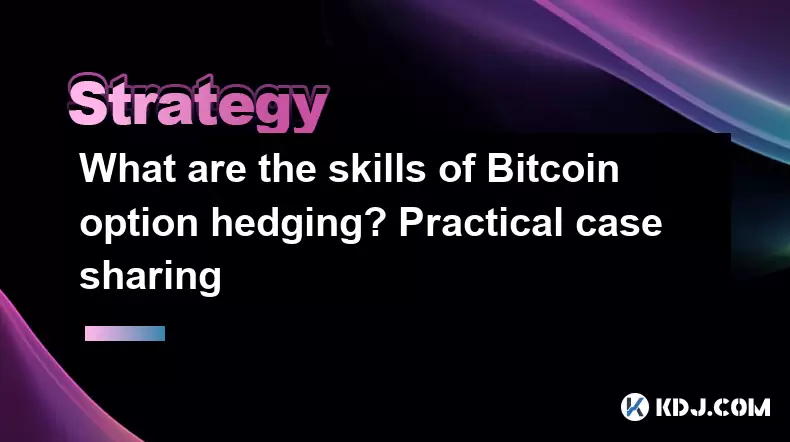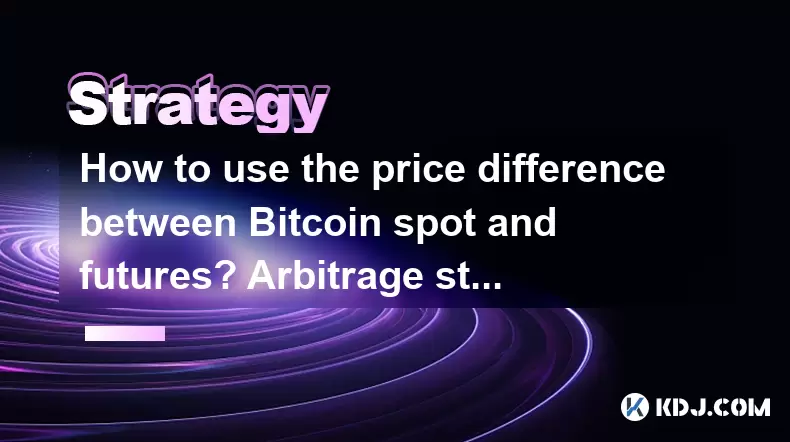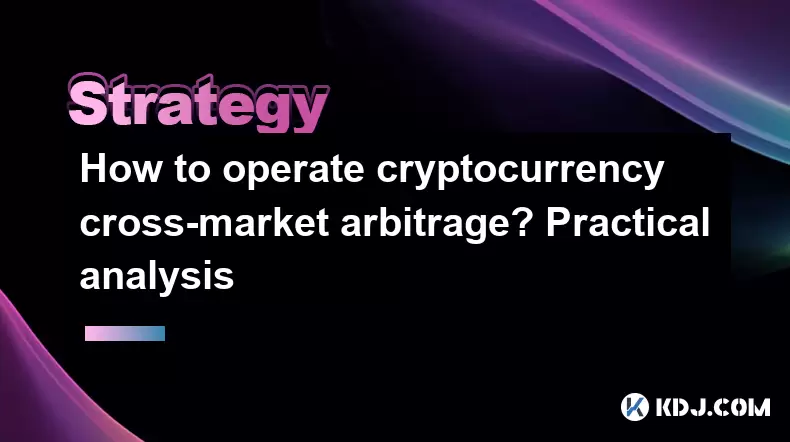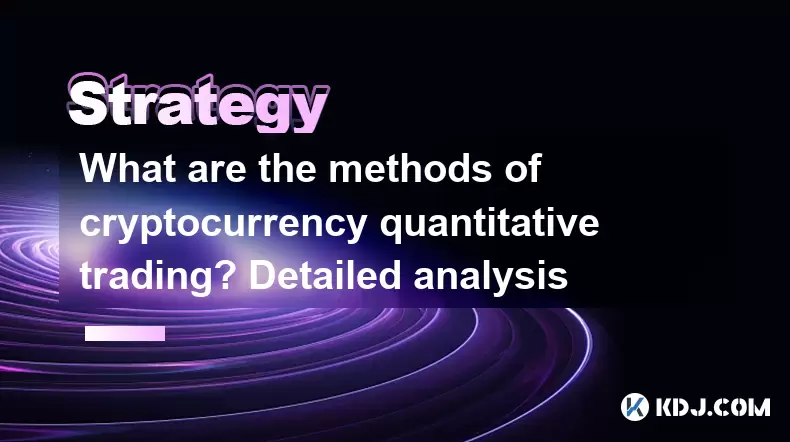-
 Bitcoin
Bitcoin $108,262.4325
-1.40% -
 Ethereum
Ethereum $2,518.2882
-2.94% -
 Tether USDt
Tether USDt $1.0003
-0.01% -
 XRP
XRP $2.2262
-1.71% -
 BNB
BNB $653.9254
-1.55% -
 Solana
Solana $148.1036
-3.11% -
 USDC
USDC $1.0000
0.01% -
 TRON
TRON $0.2829
-1.45% -
 Dogecoin
Dogecoin $0.1639
-4.82% -
 Cardano
Cardano $0.5742
-4.43% -
 Hyperliquid
Hyperliquid $38.9506
-3.95% -
 Sui
Sui $2.9040
-4.34% -
 Bitcoin Cash
Bitcoin Cash $484.8307
-2.62% -
 Chainlink
Chainlink $13.1971
-3.73% -
 UNUS SED LEO
UNUS SED LEO $9.0822
0.51% -
 Avalanche
Avalanche $17.8613
-4.01% -
 Stellar
Stellar $0.2385
-2.26% -
 Toncoin
Toncoin $2.7570
-3.88% -
 Shiba Inu
Shiba Inu $0.0...01145
-3.99% -
 Litecoin
Litecoin $86.9999
-2.43% -
 Hedera
Hedera $0.1538
-3.90% -
 Monero
Monero $313.7554
-2.03% -
 Polkadot
Polkadot $3.3681
-5.08% -
 Dai
Dai $1.0000
0.00% -
 Ethena USDe
Ethena USDe $1.0001
-0.01% -
 Bitget Token
Bitget Token $4.4401
-2.97% -
 Uniswap
Uniswap $6.9644
-8.41% -
 Pepe
Pepe $0.0...09666
-4.79% -
 Aave
Aave $266.5686
-5.04% -
 Pi
Pi $0.4713
-4.95%
How to accurately grasp the buying and selling points of SHIB? What are the skills of placing orders?
SHIB, a meme coin on Ethereum, requires technical analysis like RSI and market sentiment monitoring to identify optimal buying and selling points.
Apr 30, 2025 at 04:29 am

Understanding the Basics of SHIB
SHIB, or Shiba Inu, is a decentralized cryptocurrency that was created in August 2020. It operates on the Ethereum blockchain and is often referred to as a "meme coin" due to its origins and community-driven nature. To accurately grasp the buying and selling points of SHIB, it's essential to understand the market dynamics and the factors that influence its price movements.
Analyzing Market Trends for SHIB
To effectively buy and sell SHIB, you need to analyze market trends. This involves looking at both short-term and long-term price movements. Technical analysis is a crucial tool for this purpose. It involves studying charts and using various indicators to predict future price movements. Some common indicators used in the crypto market include Moving Averages, Relative Strength Index (RSI), and Bollinger Bands.
- Moving Averages: These help smooth out price data to identify trends over time. A common strategy is to use a combination of short-term and long-term moving averages to identify potential buy and sell signals.
- Relative Strength Index (RSI): This momentum oscillator measures the speed and change of price movements. An RSI above 70 indicates that SHIB might be overbought, suggesting a potential sell point, while an RSI below 30 indicates it might be oversold, suggesting a potential buy point.
- Bollinger Bands: These consist of a middle band being a moving average and two outer bands that are standard deviations away from the middle band. When the price of SHIB touches the upper band, it might be a signal to sell, and when it touches the lower band, it might be a signal to buy.
Identifying Key Buying and Selling Points
Identifying the right moments to buy and sell SHIB requires a combination of technical analysis and market sentiment analysis. Market sentiment can be gauged through social media platforms, news outlets, and community forums. Positive news or endorsements from influential figures can drive the price up, while negative news can cause it to drop.
- Buying Points: Look for periods when the price of SHIB is at a low point, especially if it's supported by positive market sentiment. For instance, if the RSI indicates that SHIB is oversold and there's positive news about upcoming developments, it might be a good time to buy.
- Selling Points: Conversely, look for periods when the price is at a high point, especially if it's driven by hype rather than fundamental developments. If the RSI indicates that SHIB is overbought and there's no significant news to support the price increase, it might be a good time to sell.
Skills of Placing Orders for SHIB
Placing orders effectively is crucial for maximizing profits and minimizing losses when trading SHIB. There are several types of orders you can use, each with its own advantages and strategies.
- Market Orders: These are executed immediately at the current market price. They are useful when you want to buy or sell SHIB quickly, but they can be risky if the market is volatile.
- Limit Orders: These allow you to set a specific price at which you want to buy or sell SHIB. They are useful for ensuring that you get a favorable price, but they may not be executed if the market doesn't reach your specified price.
- Stop-Loss Orders: These are designed to limit your losses by automatically selling SHIB if the price drops to a certain level. They are useful for managing risk, but they can also result in selling at a loss if the price drops temporarily and then recovers.
- Take-Profit Orders: These are the opposite of stop-loss orders and are used to lock in profits by automatically selling SHIB if the price reaches a certain level. They are useful for ensuring that you don't miss out on profits if the price suddenly drops after reaching a high point.
Practical Steps for Placing Orders
To place orders for SHIB, you'll need to use a cryptocurrency exchange that supports SHIB trading. Here are the steps to follow:
- Choose a Reliable Exchange: Select an exchange that is reputable and supports SHIB trading. Some popular options include Binance, Coinbase, and Kraken.
- Create an Account: Sign up for an account on the chosen exchange and complete the necessary verification processes.
- Deposit Funds: Deposit funds into your exchange account using a supported payment method, such as a bank transfer or credit card.
- Navigate to the SHIB Trading Page: Once your account is funded, navigate to the SHIB trading page on the exchange.
- Select the Type of Order: Decide whether you want to place a market order, limit order, stop-loss order, or take-profit order.
- Enter the Order Details: For a market order, simply enter the amount of SHIB you want to buy or sell. For a limit order, enter the amount and the specific price at which you want to buy or sell. For stop-loss and take-profit orders, enter the amount and the price at which you want the order to be triggered.
- Review and Confirm: Review the details of your order to ensure everything is correct, then confirm the order to execute it.
Monitoring and Adjusting Orders
Once your orders are placed, it's important to monitor them and make adjustments as needed. The cryptocurrency market can be highly volatile, and prices can change rapidly. Here are some tips for monitoring and adjusting your orders:
- Use Trading Alerts: Many exchanges offer trading alerts that can notify you when certain price levels are reached. Set up alerts for your buy and sell points to stay informed.
- Regularly Check Market Conditions: Keep an eye on market conditions and news that could affect the price of SHIB. Adjust your orders accordingly if there are significant changes.
- Review Your Strategy: Periodically review your trading strategy to ensure it's still effective. If you find that your orders are not being executed as expected, consider adjusting your strategy or using different types of orders.
Frequently Asked Questions
Q: How can I minimize the risk of trading SHIB?
A: To minimize the risk of trading SHIB, use stop-loss orders to limit potential losses, diversify your portfolio to spread risk, and stay informed about market conditions and news that could affect SHIB's price.
Q: What are some common mistakes to avoid when trading SHIB?
A: Common mistakes to avoid include trading based on emotions rather than analysis, not setting stop-loss orders, and over-leveraging your positions. Always trade with a clear strategy and manage your risk carefully.
Q: Can I use automated trading bots for SHIB?
A: Yes, you can use automated trading bots for SHIB. These bots can execute trades based on predefined criteria, which can be useful for taking advantage of market opportunities 24/7. However, be sure to thoroughly research and test any bot before using it with real funds.
Q: How important is it to stay updated with SHIB community news?
A: Staying updated with SHIB community news is crucial as it can significantly impact the price and sentiment around SHIB. Community-driven developments, partnerships, and other news can create buying or selling opportunities, so it's important to stay informed.
Disclaimer:info@kdj.com
The information provided is not trading advice. kdj.com does not assume any responsibility for any investments made based on the information provided in this article. Cryptocurrencies are highly volatile and it is highly recommended that you invest with caution after thorough research!
If you believe that the content used on this website infringes your copyright, please contact us immediately (info@kdj.com) and we will delete it promptly.
- Bitcoin's Pattern Break: Are HODLers the Key to the Next Surge?
- 2025-07-04 18:50:12
- Bitcoin Price, Trump's Bill, and the $150K Dream: A NYC Take
- 2025-07-04 19:50:12
- Ethereum, LILPEPE, and the July Bounce: Will Pepe Steal ETH's Thunder?
- 2025-07-04 19:10:12
- Binance Institutional Loans: Unlocking 4x Leverage and Zero Interest for Whales
- 2025-07-04 19:15:12
- Bitcoin Bull Run: Analysts Eye Peak in Late 2025?
- 2025-07-04 19:20:13
- Pepe Indicators, Bullish Forecast: Can the Meme Coin Rally?
- 2025-07-04 19:25:12
Related knowledge

What are the skills of Bitcoin option hedging? Practical case sharing
Jun 24,2025 at 04:01pm
Understanding Bitcoin Option HedgingBitcoin option hedging is a risk management strategy used by traders and investors to protect their positions in the volatile cryptocurrency market. By using options, individuals can limit potential losses while retaining the opportunity for profit. In essence, it allows one to insulate against adverse price movements...

How to use the price difference between Bitcoin spot and futures? Arbitrage strategy
Jun 20,2025 at 02:56pm
Understanding Bitcoin Spot and Futures MarketsTo effectively leverage arbitrage opportunities between Bitcoin spot and futures markets, it's essential to understand the fundamental differences between these two types of markets. The spot market refers to the direct buying and selling of Bitcoin for immediate delivery at the current market price. In cont...

How to increase DeFi lending income? Strategy and risk analysis
Jun 24,2025 at 02:08pm
Understanding DeFi Lending and Its Income PotentialDeFi (Decentralized Finance) lending has emerged as a popular way to earn passive income in the cryptocurrency space. Unlike traditional banking systems, DeFi lending platforms allow users to lend their crypto assets directly to borrowers without intermediaries. The lenders earn interest based on the su...

How to operate cryptocurrency cross-market arbitrage? Practical analysis
Jun 23,2025 at 04:01am
Understanding Cryptocurrency Cross-Market ArbitrageCryptocurrency cross-market arbitrage involves taking advantage of price differences for the same digital asset across different exchanges. The core idea is to buy low on one exchange and sell high on another, capturing the profit from the discrepancy. This strategy relies heavily on real-time market da...

How to make profits from high-frequency cryptocurrency trading? Sharing core skills
Jun 19,2025 at 05:07pm
Understanding High-Frequency Cryptocurrency TradingHigh-frequency trading (HFT) in the cryptocurrency market involves executing a large number of trades at extremely fast speeds, often within milliseconds. This method relies on small price discrepancies across exchanges or within a single exchange’s order book. Traders use complex algorithms and ultra-l...

What are the methods of cryptocurrency quantitative trading? Detailed analysis
Jun 22,2025 at 11:07pm
Understanding the Core of Cryptocurrency Quantitative TradingCryptocurrency quantitative trading refers to the use of mathematical models and algorithms to execute trades in the digital asset market. Unlike traditional discretionary trading, which relies heavily on human judgment, quantitative trading leverages data-driven strategies to identify profita...

What are the skills of Bitcoin option hedging? Practical case sharing
Jun 24,2025 at 04:01pm
Understanding Bitcoin Option HedgingBitcoin option hedging is a risk management strategy used by traders and investors to protect their positions in the volatile cryptocurrency market. By using options, individuals can limit potential losses while retaining the opportunity for profit. In essence, it allows one to insulate against adverse price movements...

How to use the price difference between Bitcoin spot and futures? Arbitrage strategy
Jun 20,2025 at 02:56pm
Understanding Bitcoin Spot and Futures MarketsTo effectively leverage arbitrage opportunities between Bitcoin spot and futures markets, it's essential to understand the fundamental differences between these two types of markets. The spot market refers to the direct buying and selling of Bitcoin for immediate delivery at the current market price. In cont...

How to increase DeFi lending income? Strategy and risk analysis
Jun 24,2025 at 02:08pm
Understanding DeFi Lending and Its Income PotentialDeFi (Decentralized Finance) lending has emerged as a popular way to earn passive income in the cryptocurrency space. Unlike traditional banking systems, DeFi lending platforms allow users to lend their crypto assets directly to borrowers without intermediaries. The lenders earn interest based on the su...

How to operate cryptocurrency cross-market arbitrage? Practical analysis
Jun 23,2025 at 04:01am
Understanding Cryptocurrency Cross-Market ArbitrageCryptocurrency cross-market arbitrage involves taking advantage of price differences for the same digital asset across different exchanges. The core idea is to buy low on one exchange and sell high on another, capturing the profit from the discrepancy. This strategy relies heavily on real-time market da...

How to make profits from high-frequency cryptocurrency trading? Sharing core skills
Jun 19,2025 at 05:07pm
Understanding High-Frequency Cryptocurrency TradingHigh-frequency trading (HFT) in the cryptocurrency market involves executing a large number of trades at extremely fast speeds, often within milliseconds. This method relies on small price discrepancies across exchanges or within a single exchange’s order book. Traders use complex algorithms and ultra-l...

What are the methods of cryptocurrency quantitative trading? Detailed analysis
Jun 22,2025 at 11:07pm
Understanding the Core of Cryptocurrency Quantitative TradingCryptocurrency quantitative trading refers to the use of mathematical models and algorithms to execute trades in the digital asset market. Unlike traditional discretionary trading, which relies heavily on human judgment, quantitative trading leverages data-driven strategies to identify profita...
See all articles

























































































